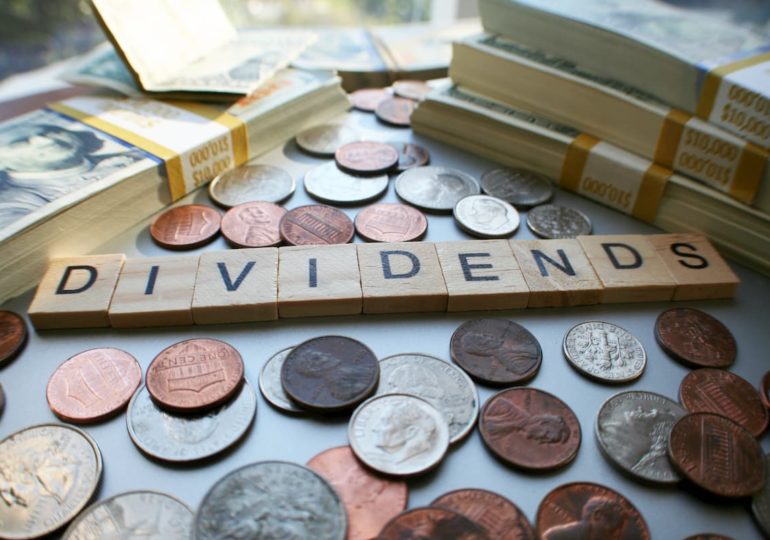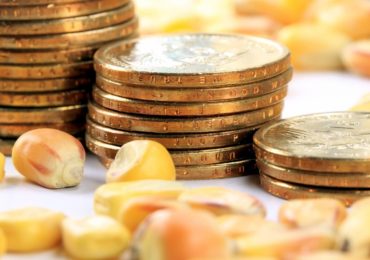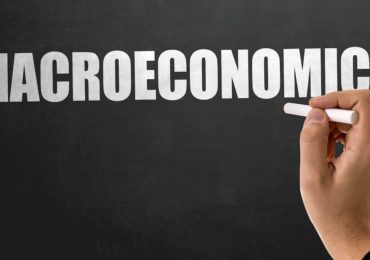Dividends are part of a company’s profits, which are paid annually to the company’s shareholders. The amount of profit shared by the investors is a percentage of the share price known as ‘yield’. This is often shared by the shareholders on an annual, quarterly or monthly basis depending on the company.
Dividends are popular, not only because the shareholders of the company’s stock see a price move; they receive dividends only because they own stock. It’s just like a small bonus.
For instance, if Apple’s (AAPL) stock price is currently $100 and Apple’s annual dividend yield is 2.27%, investors will earn $2.27 for the whole year just for keeping the stock. The smart part is that investors will earn income from their investment without selling it.
There are four stages of dividend distribution:
- Announcement date: The day when the company announces to distribute dividends.
- Ex-dividend date: Should you want to receive the dividend, you need to own shares before the ex-dividend date.
- Record date: The day of recording the shareholder’s names that are eligible to collect the dividend.
- Distribution date: Actual distribution day when the dividends are moved to the shareholder’s bank.
Dividend yield can be described as the rate of dividend obtained in proportion to the net profits of the company.
Dividend Yield = (Dividend/Profits)*100
So Why Do Only Some Companies Offer A Dividend?
Not all companies deliver dividends. More established companies with foreseeable profits tend to be the best dividend payers. Companies organized as MLPs (Master Limited Partnerships) and REITs (Real Estate Investment Trusts) are also lead payers as a result of their designations demand and specified distributions to shareholders.
Start-ups and other high-growth companies – such as those in the technology or biotech industries – might not offer regular dividends. Companies in the beginning phases of development may not have adequate funds to issue dividends.
How Are Dividends Declared?
Limited company directors can distribute dividends for any value as long as they originate from the profits of the company (after paying all expenses and tax liabilities). Failure to make sure that payments are made for distribution could result in these kinds of dividends becoming illegal and possibly lead to a review by HMRC.
There are no hard rules as to how often dividends should be reported, though you may want to discuss your tax planning possibilities with your accountant first. It may be more sensible, for example, to delay the withdrawal of all accessible company funds throughout the boom tax year when they could fall inside the lower tax bracket in the following tax year.
As Corporation Tax has already been paid on company revenue, a 10% tax credit is used because dividends are distributed. Shareholders are then taxed on this ‘high dividend’.
The Board of Directors usually decides whether to issue a dividend payment or not.
The Dividend Payout Ratio
A good stock yield is one that will likely not come to a sudden end. While you can’t always have an idea when a company will encounter financial difficulty and decide to suspend its dividend, you can look for some tell-tale signs, such as the payout ratio.
A payout ratio is worked out by dividing a stock’s dividend by its earnings per share, each of which is shared on a quarterly basis. The higher the outcome, the more of the company’s earnings it is dependent on to compensate investors with dividends.
If a payout ratio is close to or exceeds 100, the company may not have the ability to afford to make payments in the future. The lesser the outcome, the more likely the company can uphold its dividend obligations.
A high payout ratio is a hazard sign because, not only does a dividend cut decrease the amount of profit you earn, it also is likely to drive down the stock price of the inherent company.
Dividends may be paid in a variety of ways, such as by the extra distribution of shares or other assets. However, cash is still the most common form of dividend payments.
Are Dividends Worth It To You?
Many claim that corporate profits are better reinvested in the company; in research and development, capital investment, expansion, etc. Advocates of this view (opponents of dividends per se) argue that enthusiasm to distribute profits to shareholders may mean that the company has run out of good ideas for the future.
Nevertheless, several studies have shown that companies paying dividends have higher growth, indicating that payments could be signs of confidence in profit growth and ample productivity to fund future expansion.
The Role Of Company Profits
A good dividend yield is one that is increasing because the profits of a company are improving and the size of their payout is subsequently increased. Of the 505 companies included in the S&P 500 index, 415 paid dividends since the first quarter of 2018 and expanded their distributions by an average of 13.9% in that quarter alone, according to the 2018 US Article on News & World Report. A good yield is one that is in line with or beyond the average at that time.
What About Dividend Compounding?
The concept is that dividends will compound increasing your investment. Let’s say you invest in 50 shares of stock ABC at $100 a share with a 3% dividend yield, you will earn $150 per year in dividends. Having said that, if the stock increases its dividend by 5% (not stock price value, but dividend yield), your $5,000 investment in 20 years will be valued at $13,143, which is a 162.85% gain! That’s if the stock kept the same $100 price, but usually, the market elevates yearly at 7%, so both the stock price and dividend will increase.
In summary, dividends are part of the profits of a company paid to its shareholders, and dividends can also be used as a signal of whether a company has more growth in its future.











